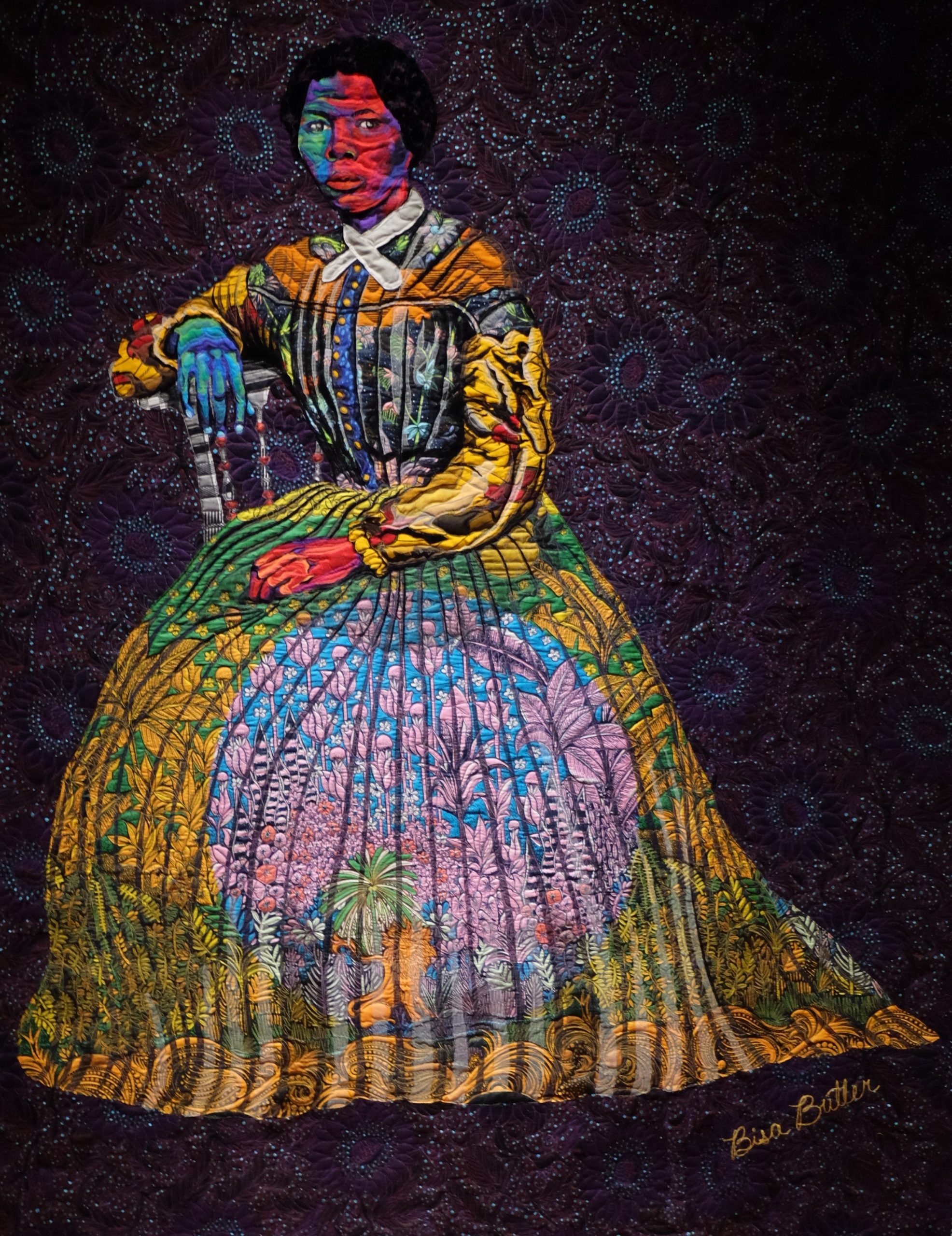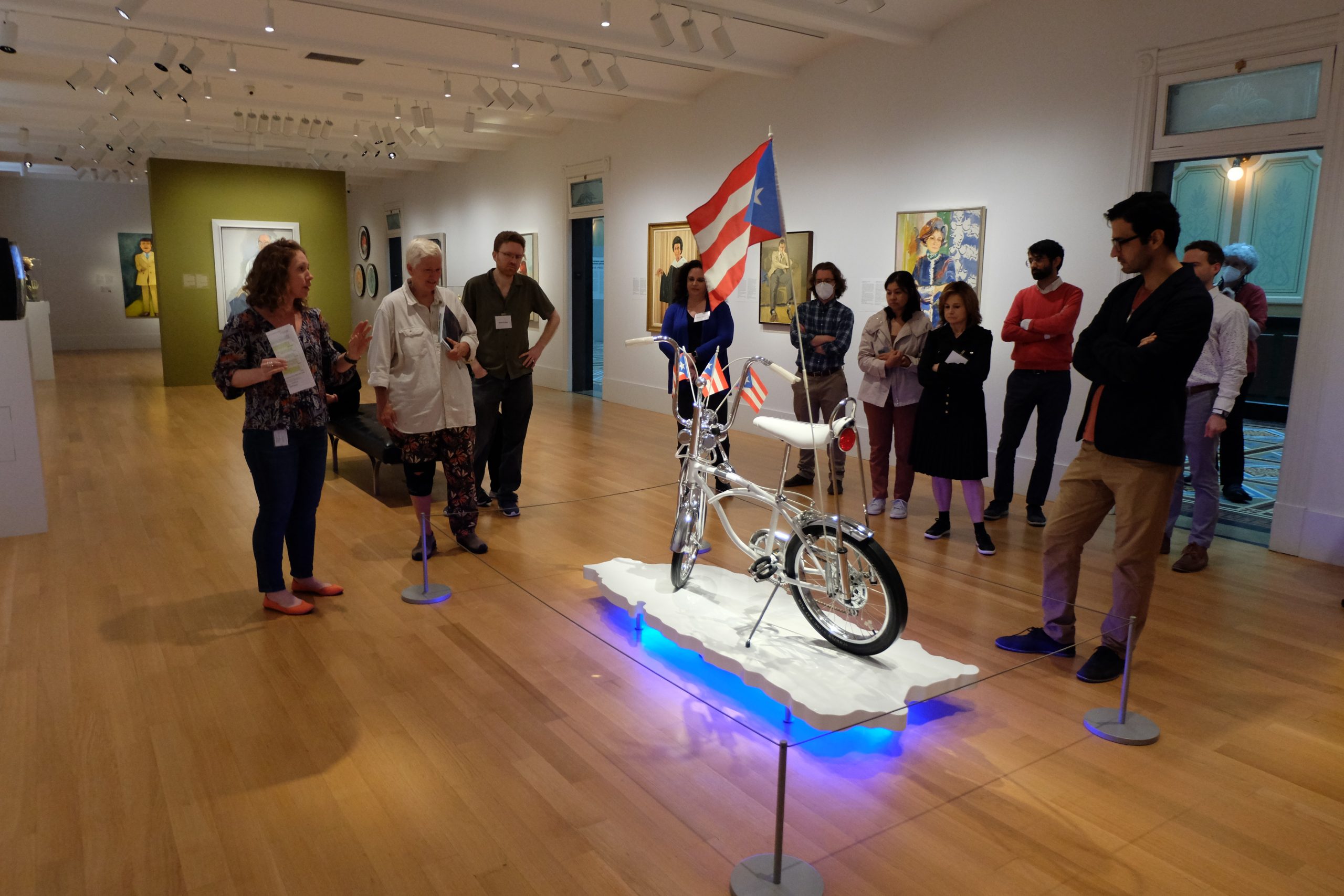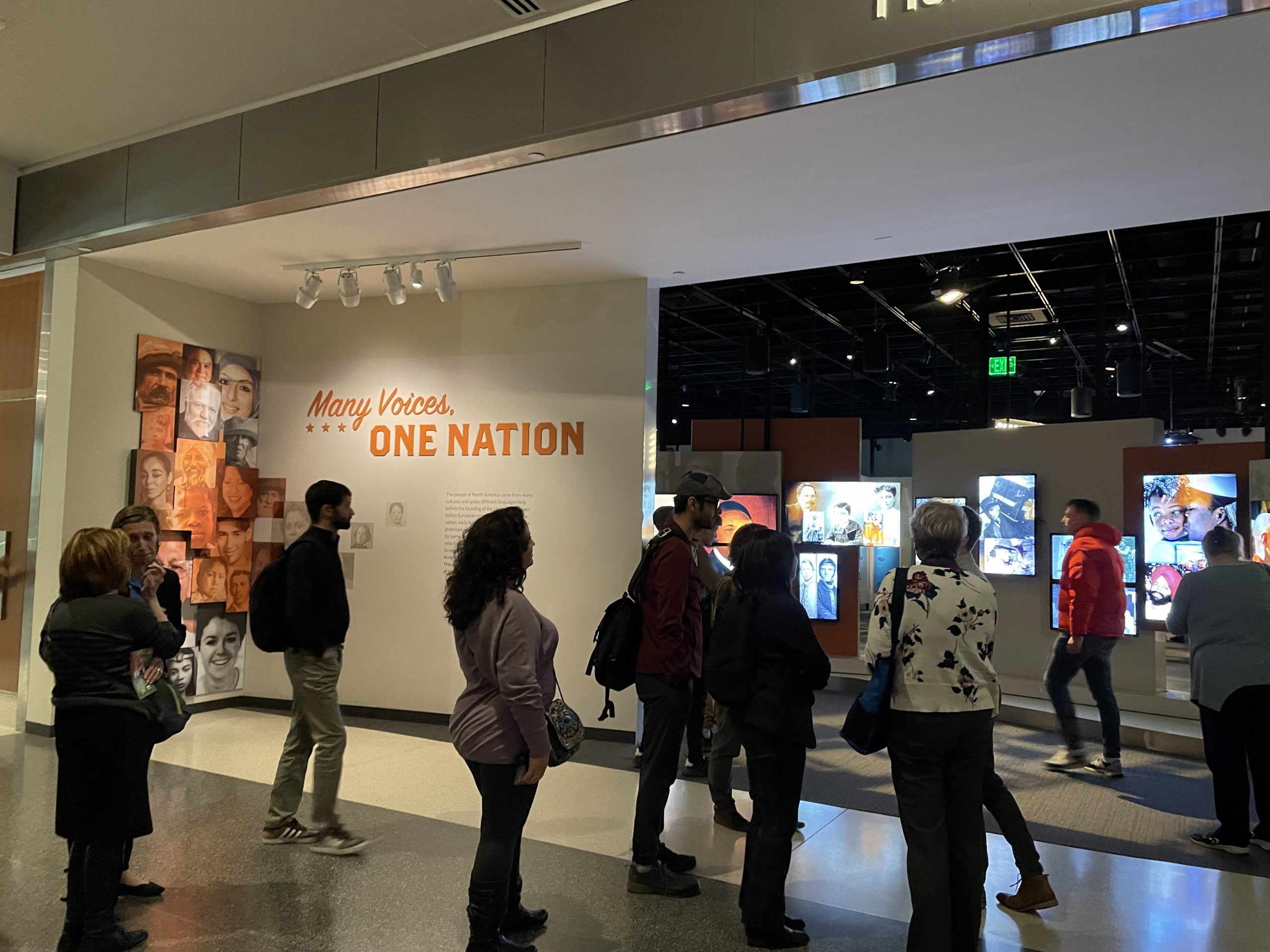When I last visited the National Museum of African American History and Culture, I started…
by Professor Mary Margaret Delaney, English Department
First of all, when returning to teaching at a large urban college, like MC, expect many situations to arise, both positive and negative. One particular difficulty for me, this semester, has been that in spite of MC’s metropolitan location, I often feel displaced; like I’m teaching at a small community college somewhere in rural America. There’s nobody around (we’re operating at 25% this semester) and I miss the shared humanity that’s part of a diverse college campus. Also, don’t count on strolling by to visit a favorite colleague in their office. They may be teaching remotely, or got fed up with it altogether and retired.
The positive news is that the pandemic is a great justification to assign a cause and effect paper! You might be tempted, to ask a student, “What’s it like being back in the classroom after two years? How, if applicable, has presenting yourself as a black square on a computer screen affected you”? For the record, please don’t ask a student the latter question. Many of them have had genuine reasons for using only audio during structured remote learning. Much of their pandemic experience and its affects will be revealed in their essays anyway.
Follow the creative examples of professors who have been teaching face-to-face this fall. Take one of my professorial idols, Susan Simpson, for example. She has been known to take her IERW students to the school cafeteria for lunch, this semester. It’s a brilliant way to develop crucial classroom unity under new and often perplexing circumstances.
As for me, I sometimes hang around the Facilities office in the Humanities building. The staff and I gleefully choose cool rooms to use for some of my classes. The almost empty campus buildings have allowed me to seek out some unique classrooms. In a modern and light-filled conference room (419 in the Science Center) the environment of the space promotes vigorous and mature discussion. It’s clear that students communicate more meaningfully and effectively when sitting in a circle, like knights at a round table. It’s also good to know that conference rooms, as well as some amazing classrooms (459 in the Science Center) can be reserved throughout the school year. Check with your department chair or dean if you want to change it up sometimes.
One coping strategy, when you’re back on campus, is to incorporate beauty into your curriculum. We all need beauty, particularly now. In my English 101 classes students listen to Pavarotti and Aretha Franklin sing the famous aria, Nessun Dorma, from Puccini’s opera, Turandot. As the singers resound (at full volume please) I point out the connections between writing and Puccini’s music, helping students understand and appreciate the arc of an essay. This beautiful activity combines a sense of awe and calmness, within the students, as they learn about writing and its relationship to the sounds and structure of music.
You can make the switch from structured remote teaching to face-to-face instruction. You’ve adapted so far. There’s nothing to be afraid of except the cafeteria food. So, pack a lunch and welcome back!
Signing off:
Mary Margaret Delaney





This Post Has 0 Comments